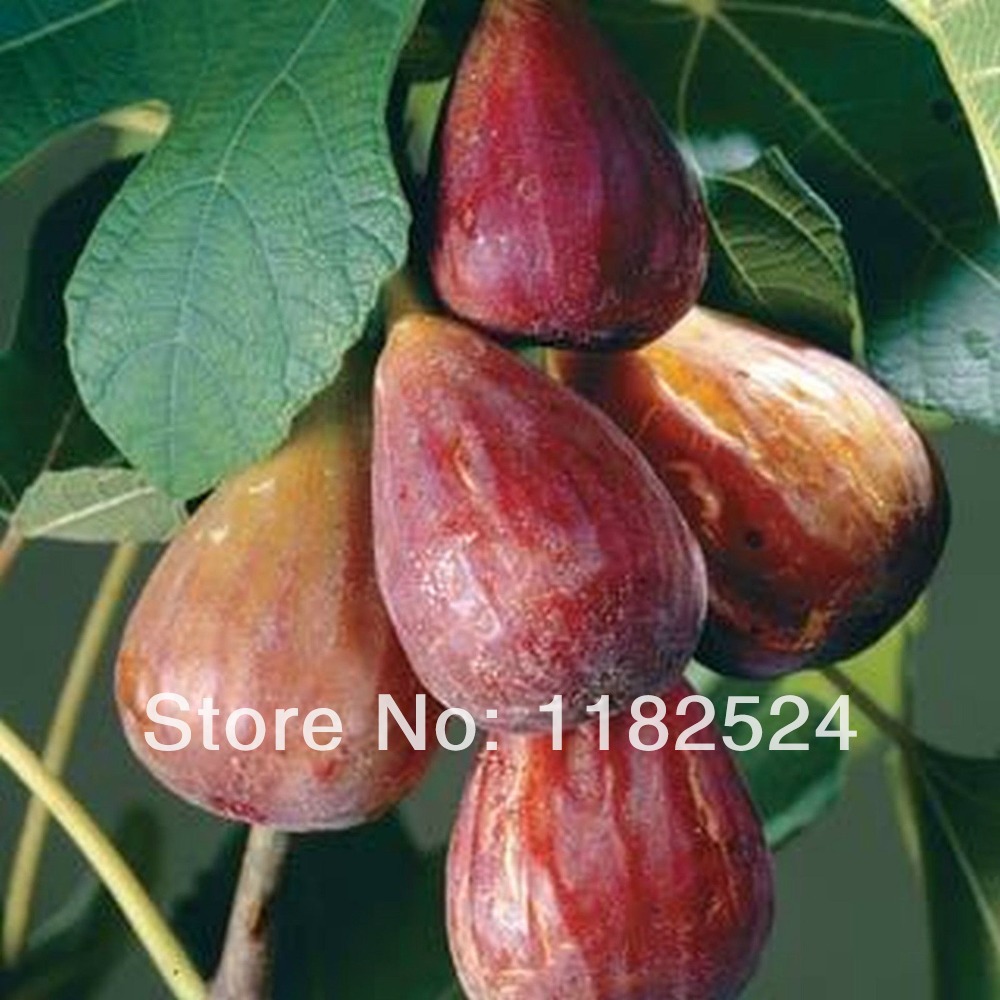Written by Megan; Updated October 11, 2019
How to Grow Fig Trees First, make sure to transfer the plant from the pot it was shipped in into a new one. The container should be twice the size of the root ball, to leave room for establishment, and has to have drainage holes on the bottom. The Black Jack Fig was an introduction by the Armstrong Nursery of southern California, and it was an instant hit. Figs have been grown for hundreds of years in California and they are known to get quite large. The Black Jack Fig was promoted as a dwarf Black Mission type early during its introduction in the 1980's, and the demand went wild. Black Celeste - Identical to 'Celeste' in taste, appearance and ripening season. The only differences are that the skin color is bluish black and that the figs crack less than do those of 'Celeste'. 1-gallon @ $20.00. Black Jack - A small, spreading plant with figs that similar to those of 'San Piero'. It produces flattened, large to very large.
Related Articles
- 1 The Harvest Time for a Panache Fig
- 2 Fig Trees As Container Plants
- 3 Early Orange Varieties
- 4 Fig Tree Facts & Troubleshooting
The fig 'Black Mission' (Ficus carica), also known as also known as 'Brown Turkey', makes a wonderful addition to many landscape designs. The Black Mission fig tree produces tasty black velvet figs with pink inner flesh and tiny, crunchy seeds. It grows anywhere from 10 to 30 feet tall. Most fig varieties grow well in a Mediterranean climate with damp, mild winters and hot, dry summers. In the United States, the Black Mission fig grows best in U.S. Department of Agriculture plant hardiness zones 8 through 11.
Fall is the recommended planting time to transplant a new tree from a container into the ground. This is ideal Black Mission fig season. Choose a sunny location that receives protection from frost during the winter months.

Black Mission Fig Nutrition
In its nutrition content, Black Mission fig includes a high percentage of fiber, vitamin B6 and pantothenic acid (vitamin B5). The figs are a good source of potassium, a mineral that may help lower blood pressure. Nutritionally, it also includes minerals such as zinc, manganese, copper and magnesium. Vitamins in Black Mission fig include vitamins C, niacin and B6.
How to Plant a Black Mission Fig Tree
- To plant your Black Mission fig outdoors, dig a hole the same size as its container and twice as large around in diameter. Figs do well in rich, moist, well-drained soil. Break up the soil at the bottom of the hole with the tip of your spade to soften it and help the roots penetrate easily.
- Keeping the tree in its pot, lay it next to the hole on its side. Grasp the base of the tree with one hand and the pot with the other to remove the root ball from the pot. If it’s stuck firmly in the pot, you may have to roll the pot or pound it slightly on the sides of the container.
- Lift the root ball and place it in the center of the hole, with the foliage pointing directly upward, and not leaning at one angle or another. Position the tree directly perpendicular to the level of the ground around it unless you’re planting it on a hillside. Make sure that the trunk is neither deeper nor shallower in the soil than it was while still inside the nursery pot.
- Water the soil directly around the fig tree just after planting it, making sure to gently water the leaves as you do so. Use a soaker attachment on the hose and allow the water to permeate and saturate the new hole gently.
Caring for a Black Mission Fig Tree
- Spread a 1- to 2-inch thick layer of mulch around the base of the tree, beginning just around the trunk outward to approximately the diameter of the branching portion of the tree. The layer of mulch around the tree protects the roots and helps retain moisture.
- Water young trees frequently. Older trees might not need to be watered as often. Aim for 1–1 1/2 inches of water per week from irrigation or rainfall. Watering once every 10 days to two weeks is sufficient. If it needs to be watered, the leaves of the tree will turn yellow or drop off, but don’t wait until it shows these signs.
- In late summer, after you’ve harvested the figs off the tree, it’s a good idea to prune it back to encourage further production of flowers and fruit and to keep the tree more manageable. One pruning in late summer should be enough to encourage production.
- You should harvest the fruit twice, once in spring and the second time in summer or early fall.
References (5)
About the Author
Megan is a published writer and gardening enthusiast. She is certified in Tropical Agriculture Development, and enjoys learning about ecology.
Photo Credits
- Jupiterimages/Photos.com/Getty Images
Choose Citation Style
